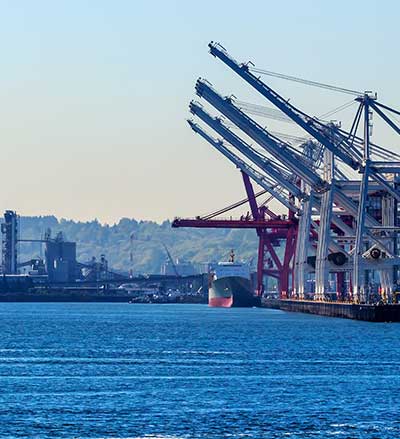American ports and inland waterways are another important way that we move goods in our country. ASCE gives our ports a B+, the highest grade that they gave any category of infrastructure. It is also one of the most rapidly improving categories, improving a full grade from the C+ they earned in 2017. The B+ is also beyond the ASCE target of a B for increased funding. On the other hand, our inland waterways infrastructure, much of which facilitates moving goods on the Mississippi and other major river systems, received a D+, up from a D in 2017. ASCE estimates that $2.5 billion per year is required to bring inland waterways up to a B.
The Biden Administration proposed $1.7 billion in new spending per year for both ports and inland waterways, which is 68% of the ASCE estimated need and a 94% increase in federal baseline funding. Senate Republicans call for $1 billion, which is 40% of the ASCE estimated need and a 56% increase in federal funding. CSC, now with President Biden’s support, calls for $3.3 billion, which is 130% of the need and a 181% increase in federal funding. PSC’s plan includes $1.5 billion, which is 58% of the estimated need and an 81% increase in federal funding.


